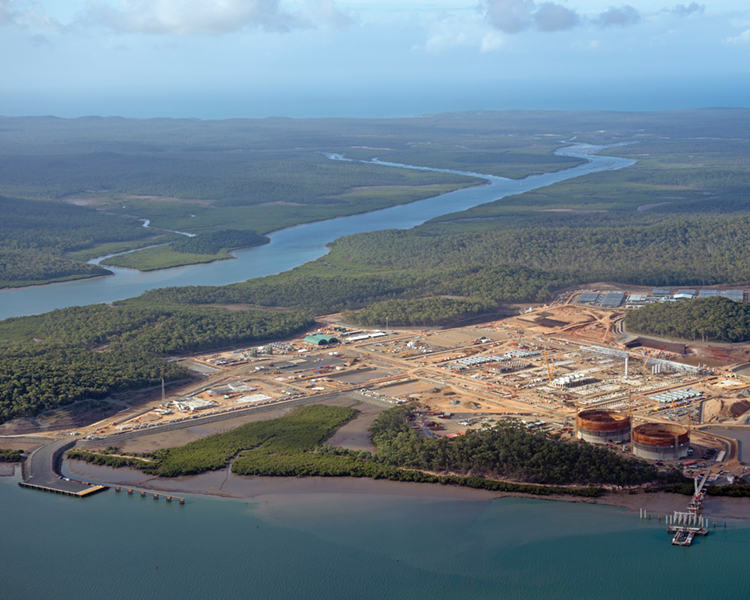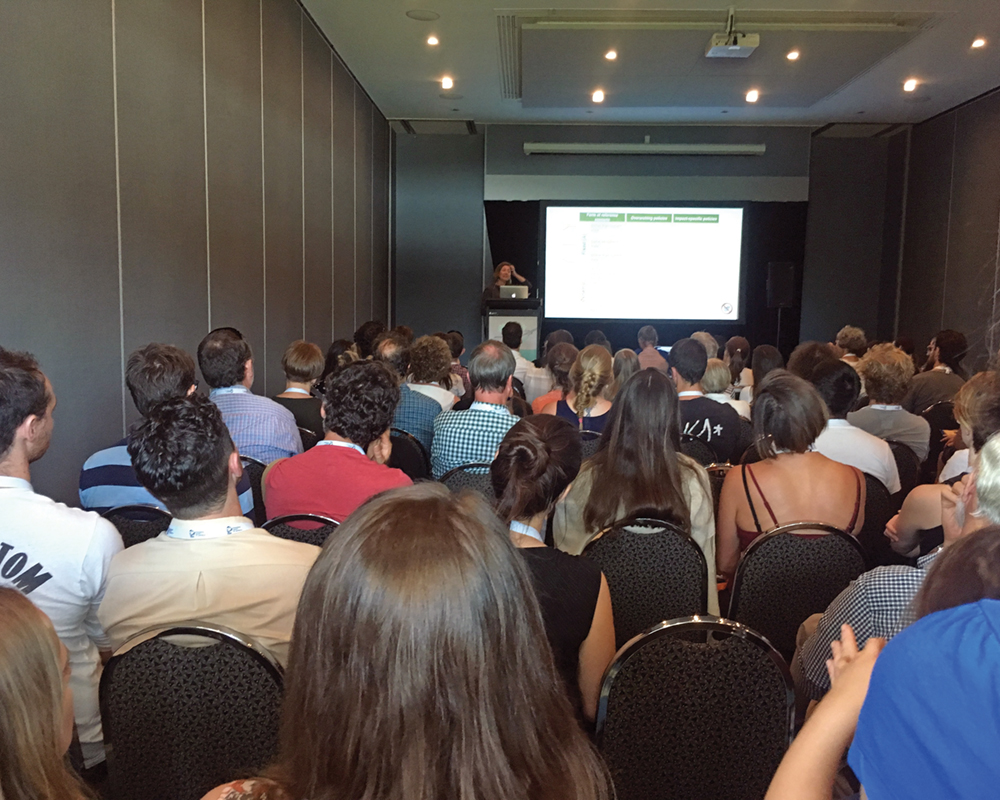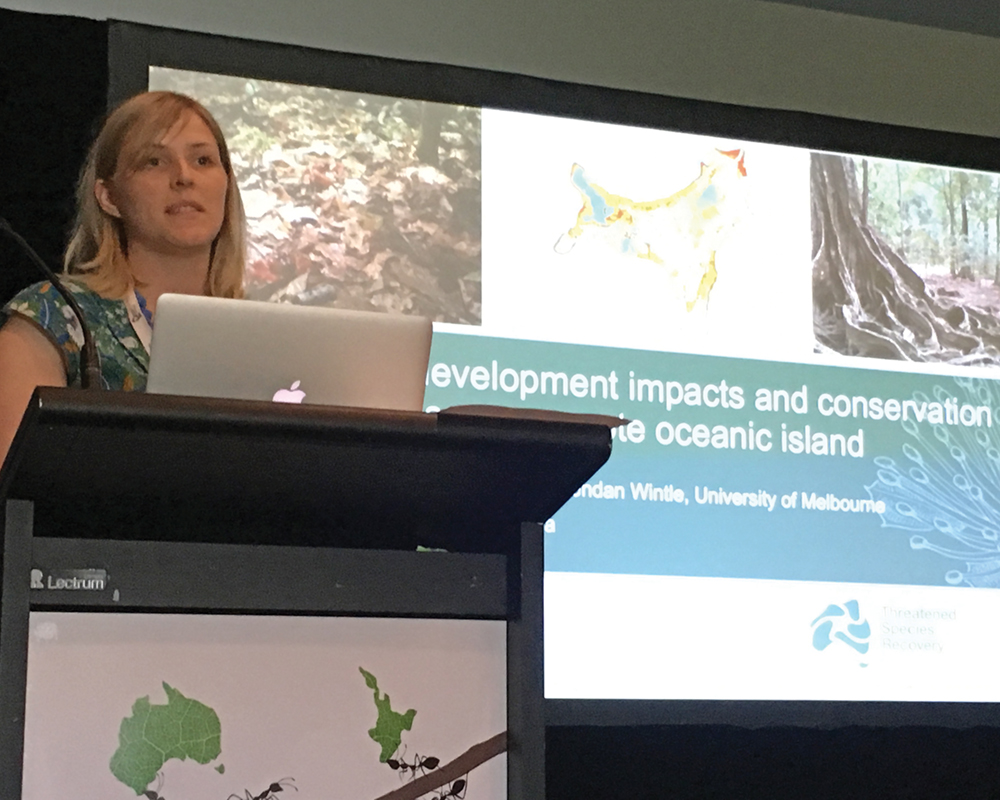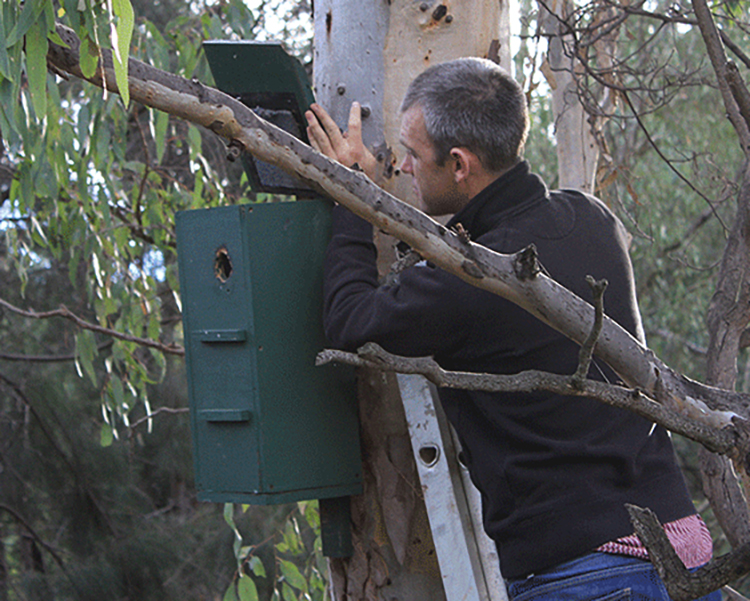
Saving species at the development frontier - Strategic assessment, offsets and no-net-loss
Tuesday, 29 May 2018The development frontier is where decisions on new land developments are made. It’s a space where conflicts between biodiversity and multi-tenure land-use needs are constantly encountered. However, it’s also where ecological knowledge has some of its greatest potential to reduce biodiversity losses by guiding development to locations and practices with the least negative impact. Heini Kujala explains some of the developing science regarding biodiversity conservation at the development frontier.
In many countries, legislation already stipulates that development impacts on biodiversity are to be reduced through environmental impact assessments and offsetting of unavoidable impacts. Yet, concerns have been raised about the evaluation of development and their offsetting needs, particularly when evaluations are considered project-byproject in isolation from other development in the same region. The lack of holistic assessment and accounting of cumulative impacts mean that species are often faced with a ‘death by thousand cuts’. This means that biodiversity is degraded by many small impacts that individually do not appear to threaten species’ persistence; and, as such, these impacts are not met with adequate mitigation or compensation through offsetting mechanisms. (1) 
The symposium on ‘Putting ecology to work at the development frontier’ was well attended at the last Ecological Society Conference. Photo: Rachel Morgain
Facing and addressing impacts
In the recent joint meeting of the ecological societies of Australia and New Zealand (EcoTAS) in the Hunter Valley, the Threatened Species Recovery Hub ran a symposium that focused on some of the key issues and recent advancements within this topic.
A cost-efficient way of reducing biodiversity losses is to anticipate and act on foreseeable development-conservation conflicts before they take place. This is because conservation costs increase rapidly when species become less widespread and options narrow for their conservation.
As an example of such impact avoidance, I presented our work from the University of Melbourne. We used species distribution models and spatial prioritisation tools to minimise development impacts on 227 threatened species and ecological communities in the Perth and Peel region’s 30-year development plan. (2)
Our work showed that when biodiversity data are made available and used early in the planning process, significant reductions in development impacts can be achieved (with lost habitat reducing from 60% to less than10% for some species). Here, collaboration with stakeholders is central for both validating input data and refining and adopting research outputs. This was highlighted by the work of Dr Katherine Selwood (UM) with the TSR Hub on identifying biodiversity priority areas on Christmas Island.
A further challenge in sustainable planning is how to retain ecological processes in human-dominated landscapes. Dynamic processes are more difficult to map in comparison to distribution patterns, as they require information on inter-site dependencies in the landscape. In our symposium, Dr Mirela Tulbure from UNSW showed how information on historic land use and surface water patterns can help to explain how landscape connectivity is affected by human activities in comparison to natural climatic variation in the Murray- Darling Basin. (3) Such information can be used to avoid the loss of critical connections when planning development in highly dynamic Australian landscapes. 
Dr Katherine Selwood presenting research that estimates the impacts of potential future land-use proposals for Christmas Island and how to maximise conservation outcomes for the island. Photo: Rachel Morgain
No-net-loss: Compensating impacts
But keeping an eye on the bigger picture is also important after a development has taken place. Associate Professor Martine Maron (UQ) and Dr Ascelin Gordon (RMIT) with their respective teams have studied how the concept of ‘no-net-loss’ (i.e., the benchmark at which development impacts are considered compensated), has been defined in policy and used in practice in biodiversity offset schemes.
Associate Professor Maron explained how the selection of reference scenarios against which no-net-loss is to be achieved can make for entirely different outcomes for the environment. Her team’s research has found that current offsetting policies tend to relate no-net-loss to either overarching policy goals (such as halting the loss of biodiversity) or responses to specific development impacts. Each of these can have contradicting objectives if applied in same jurisdiction. (4)
Work lead by Dr Gordon further highlighted that if and when no-net-loss is achieved depends on three factors:
- the counterfactuals for determining the development impact and the additionality of the offset
- the scales at which offsetting activity is evaluated (whether site, program or landscape)
- the time horizon over which the offsets are required to accrue their gains.
Added to this is the comparison by Florence Damiens (RMIT) of biodiversity offsetting schemes between Australia (Victoria) and France. This work reveals that whereas offsetting as a compensation mechanism has similarly long-rooted histories in both countries, they have developed policies that offset different types of nature.
In Australia, offset policies are framed around the concept of native vegetation, used as a proxy for biodiversity. In France, where native vegetation bears little meaning, offsetting has been built around a number of environmental legislations and hence uses a more heterogeneous set of measures, targeting species, diverse elements related to water, forests and the Natura 2000 network. 
The southern black-throated finch has become endangered mostly through habitat loss due to agricultural development. Remaining habitat is now under pressure from proposed coal mine developments. Photo: Dominic Sherony CC BY SA 2.0 Wikimedia Commons
Impact assessments and offsetting
So how to move forward from here? In Australia, the Strategic Assessment protocol already provides a tool for holistic impact assessments; however, it can only be used for large development projects where both the federal and relevant state governments agree to initiate the process. Strategic Assessments also focus only on impacts on Matters of National Environmental Significance. This restricts assessments and avoidance of impacts for species that are not yet listed but may become so as a result of the proposed development.
More critically, the offsetting of final impacts is still predominantly approved under the standard project-by-project EPBC Act process rather than under Strategic Assessments. Interviews of government, industry and non-gorverment stakeholders by Dr Megan Evans (UQ) indicate an appetite for moving from project-by-project into more holistic and strategic biodiversity offsetting across the Australian environment and development sector.
However, several factors currently inhibit this shift:
- lack of interaction and information flow within and between federal, state and territory government departments
- the ‘focal species’ approach of federal and state threatened species legislation
- policy uncertainty and inconsistency
- lack of capacity to coordinate and align efforts across multiple jurisdictions and tenure.
These factors, as well as bridging the gap between impact assessments and offsetting, are some of the key challenges in moving towards more efficient conservation of biodiversity at the development frontier.
For further information
Heini Kujala - heini.kujala@unimelb.edu.au
- Hawke, A. (2009). The Australian Environment Act: Report of the Independent Review of the Environment Protection and Biodiversity Conservation Act 1999. (Department of the Environment, Water, Heritage and the Arts).
- Whitehead, A. L., Kujala, H. & Wintle, B. A. (2017). Dealing with cumulative biodiversity impacts in strategic environmental assessment: a new frontier for conservation planning. Conservation Letters , 10, 195–204.
- Bishop-Taylor, R., Tulbure, M. G. & Broich, M. (2017). Surface-water dynamics and land use influence landscape connectivity across a major dryland region. Ecological Applications , 27, 1124–1137.
- Maron, M. et al. (2018). The many meanings of no net loss in environmental policy, Nature Sustainability, 1, 19–27.
Top image: Government approval for a Liquid Natural Gas plant on Curtis Island QLD required at least 700 hectares of private land to be secured and rehabilitated to compensate for environmental impacts. Photo: Greens MP CC by NC ND 2.0 Flickr
-

Target based ecological compensation: an approach that aligns compensation with conservation targets
Wednesday, 02 June 2021 -

Introduction to biodiversity offsetting - the basics of what biodiversity offsetting involves
Wednesday, 02 June 2021 -

Why do we offset? – under what circumstances might be consider a biodiversity offset
Wednesday, 02 June 2021 -

What do we offset? – how do we describe and measure biodiversity for the purposes of offsetting
Wednesday, 02 June 2021 -

Calculating losses and gains – how to estimate the amount of gain from an offset
Wednesday, 02 June 2021 -

Uncertainty, time lags and multipliers – adjusting estimates of gain from an offset
Wednesday, 02 June 2021 -

Offset rules – setting constraints and requirements to help make offsets more effective
Wednesday, 02 June 2021 -

Spatially strategic offsets – coordinating offset actions for greater benefits
Wednesday, 02 June 2021 -

Monitoring & evaluation – tracking the performance of individual offsets and offset programs
Wednesday, 02 June 2021



